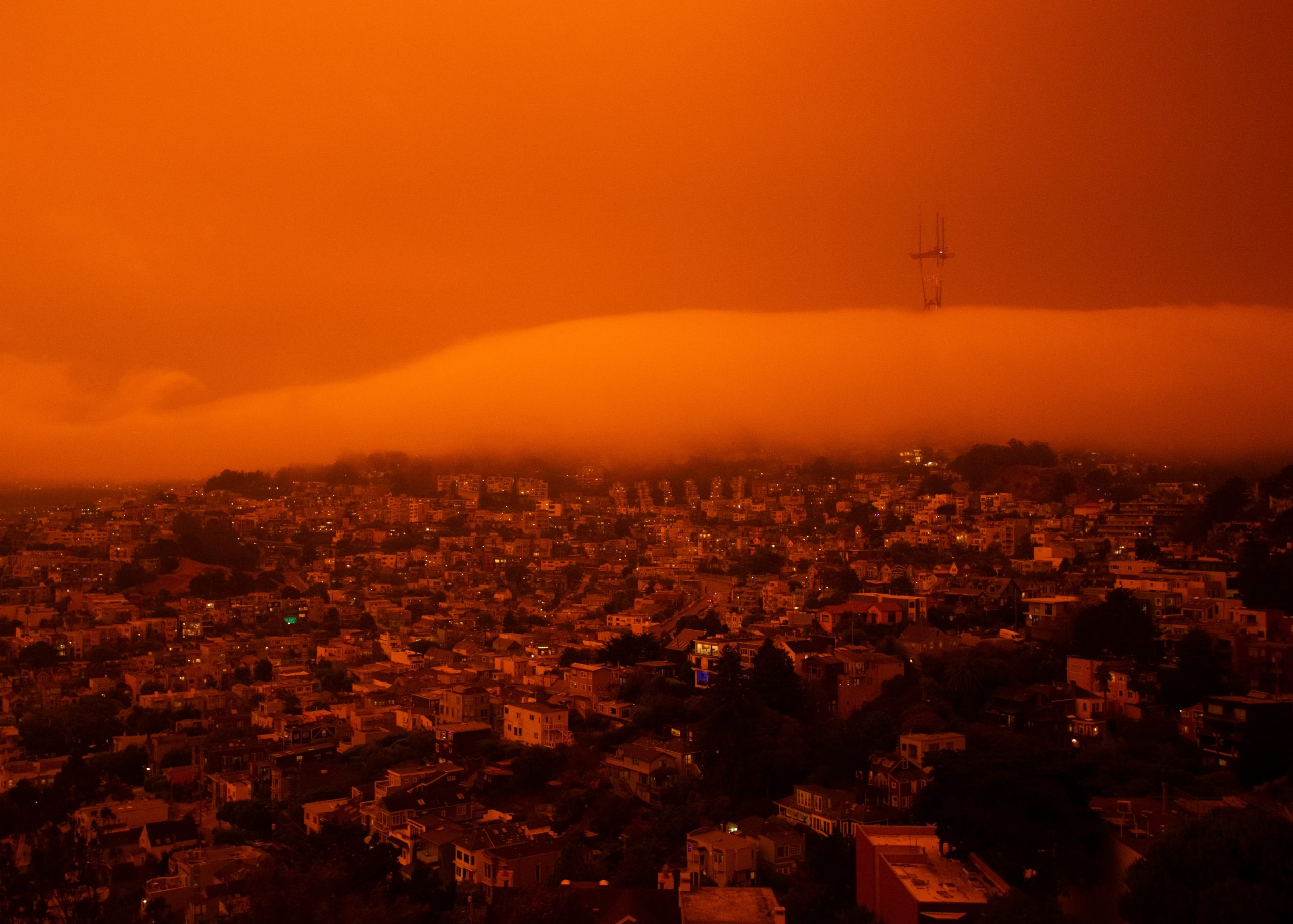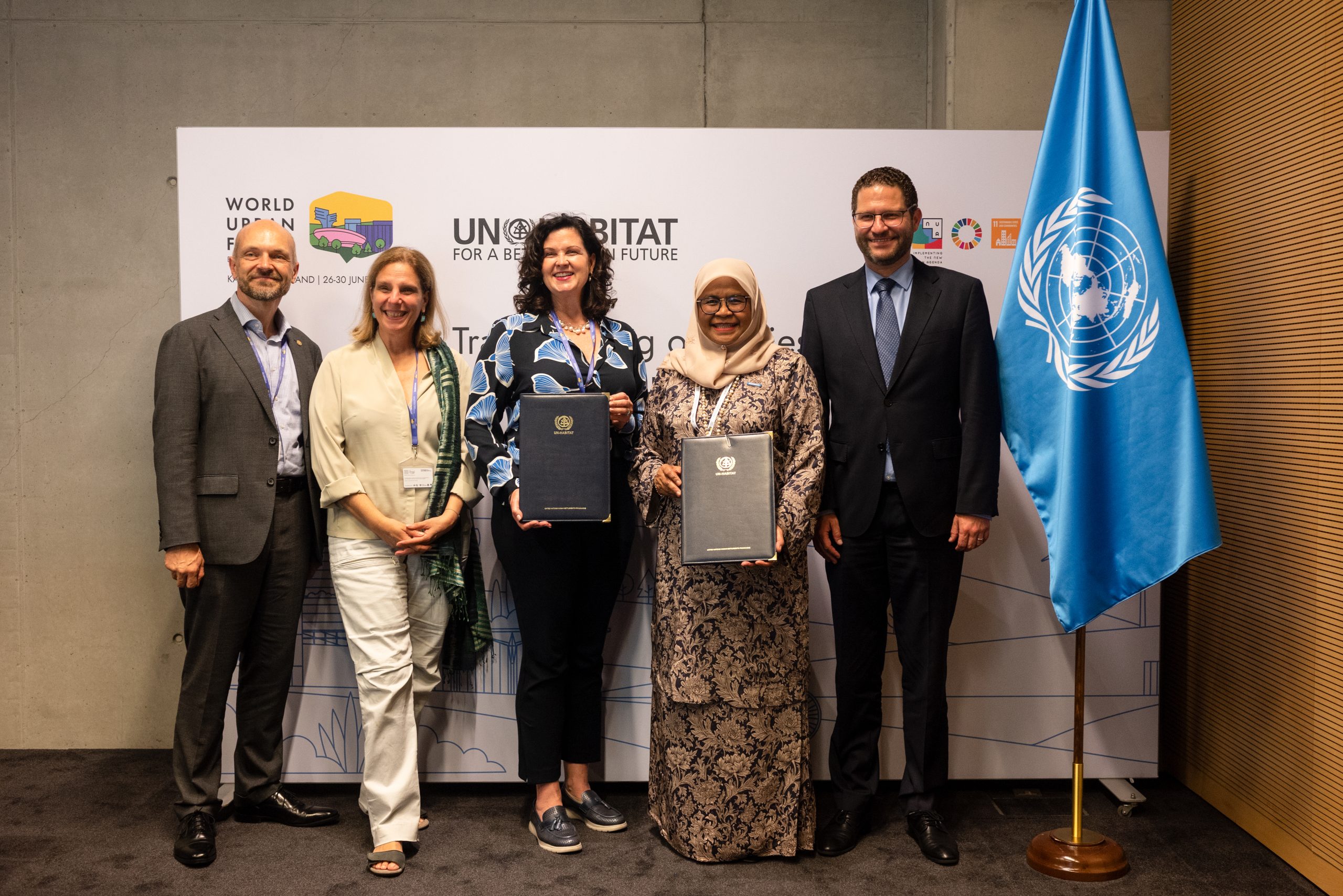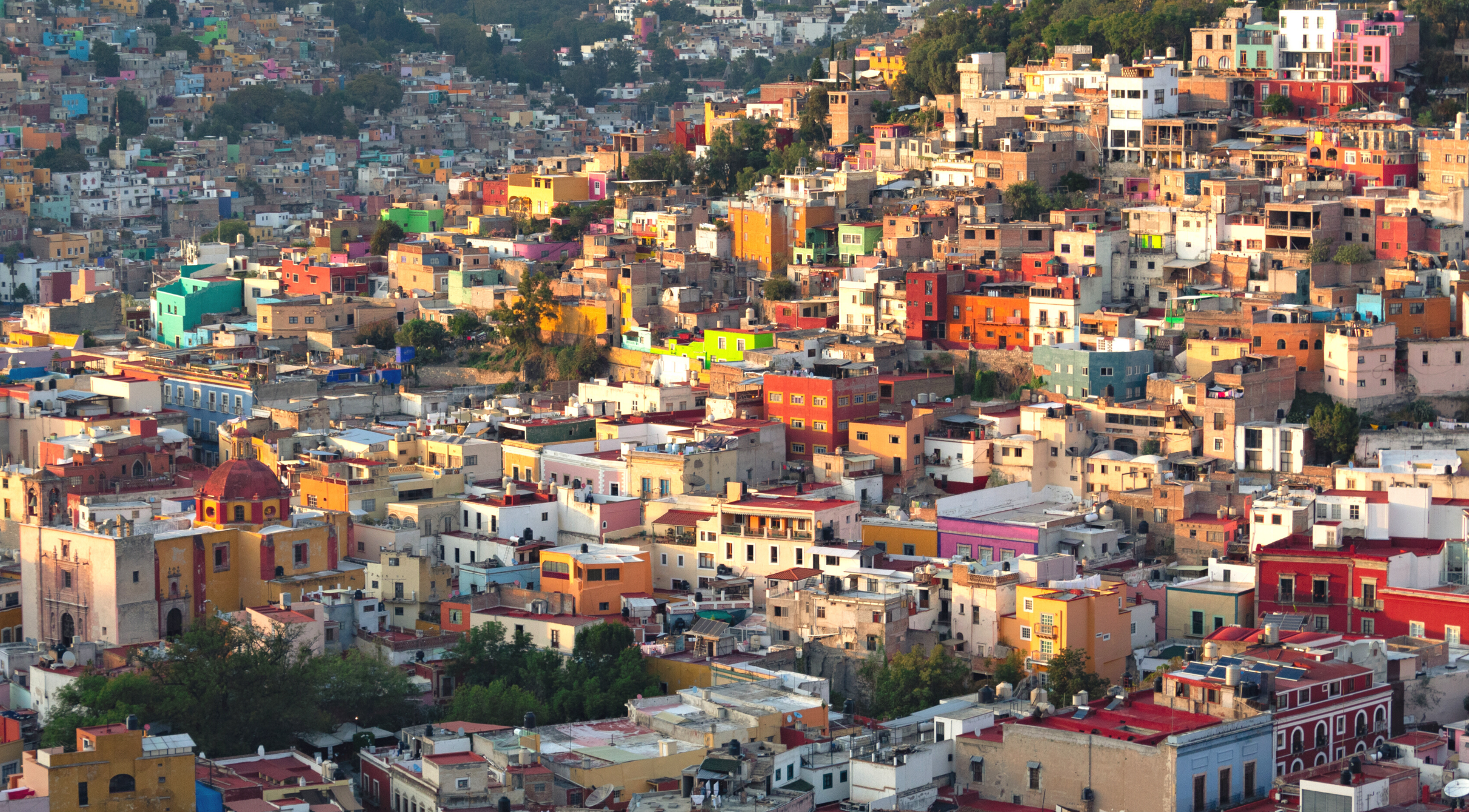From concrete to canopy: how three cities are using urban greening to protect their communities from extreme heat
By Catherine Wallace Wed, Apr 19, 2023
Cities around the world experience soaring temperatures. Urban greening plays a role in combatting extreme heat. Chief Heat Officers are working hand-in-hand with local residents to plant the seeds for cooler, greener, and healthier cities of the future.
Turning a concrete jungle green
Over half of the world’s population, a staggering 4.4 billion inhabitants, call urban centers home. That number is only set to rise: by 2050, it is estimated that nearly 70 percent of people will live in cities. Concrete and asphalt, the building blocks of urban landscapes, trap heat and exacerbate the “Urban Heat Island Effect,” raising temperatures 3 to 5° Celsius higher than surrounding areas.
As cities face this explosive population growth and the increasingly dire consequences of rising global temperatures, nature-based solutions, particularly urban greening, are emerging as one of the most effective ways to combat increasingly intense and frequent heat waves.
Cities worldwide are embracing urban greening, with nearly twice as many classified as at least moderately green compared to just a decade ago. Placing community needs and engagement at the forefront of their efforts, city officials, urban planners, and resilience officers, are working hand-in-hand with local residents to plant the seeds for cooler, greener, and healthier cities of the future.
Miami’s equity-focused approach to urban greening
Miami-Dade County experiences one of the hottest and longest heat seasons in the entire United States, making urban greening crucial to maintain livability. To cool the County, Miami-Dade has launched a community-wide effort to increase the urban tree canopy to 30 percent.
The effort, recognizing that not all neighborhoods are created equal when it comes to heat, is focused on providing the “maximum social, economic, and environmental benefits to the region.” The County worked with Florida International University to identify the most vulnerable neighborhoods to extreme heat. It found that those with higher poverty rates and histories of redlining were the hottest areas in the county due to lower tree canopy and less pervious surfaces.
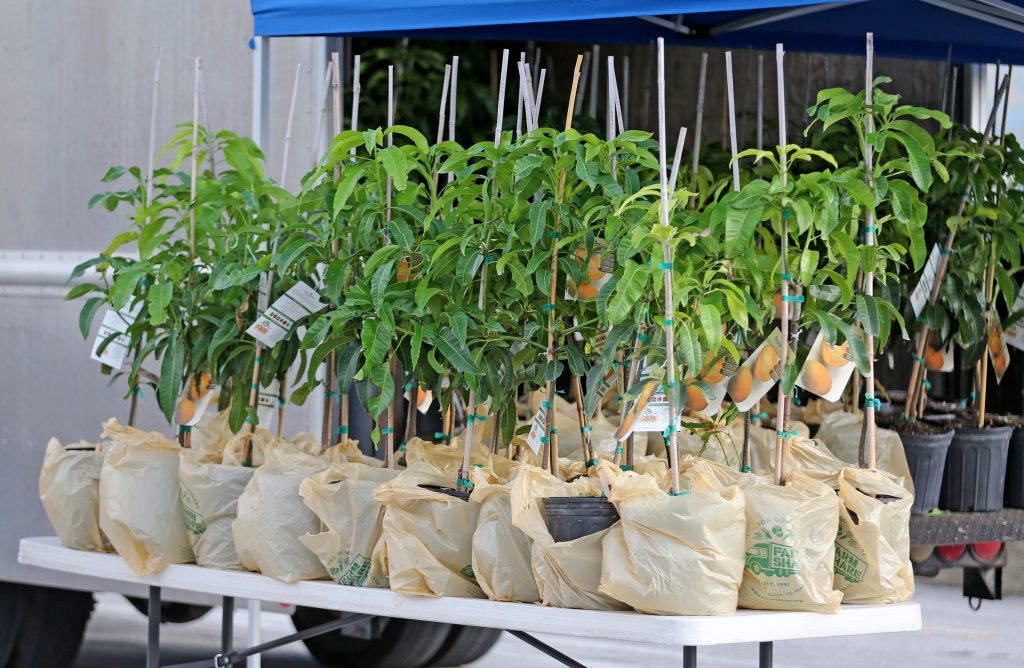
The project is more than just a tree-planting campaign. It’s about providing tangible benefits to people with the fewest resources to escape the heat. Jane Gilbert, Miami-Dade’s Chief Heat Officer noted, “if you build a structure to shade people it won’t have nearly the cooling effect as a well shaded bus stop from trees. And so that is more effective infrastructure.” Whether through decreasing air conditioning demand and consequently lowering emissions or protecting commuters with new shade coverage while also pulling carbon dioxide from the local environment, Miami’s urban greening has countless benefits to the County and to those who need it most.
Freetown the Tree Town
In the face of rampant deforestation and rising temperatures, Freetown, Sierra Leone is fighting back with a bold urban greening initiative dubbed “Freetown the Tree Town.” The city has lost a staggering 12 percent of its trees each year since 2011, leaving it increasingly vulnerable to mudslides and heat waves. In 2020, the Freetown City Council devised an ambitious plan: plant one million trees and increase the city’s tree canopy by 50 percent.
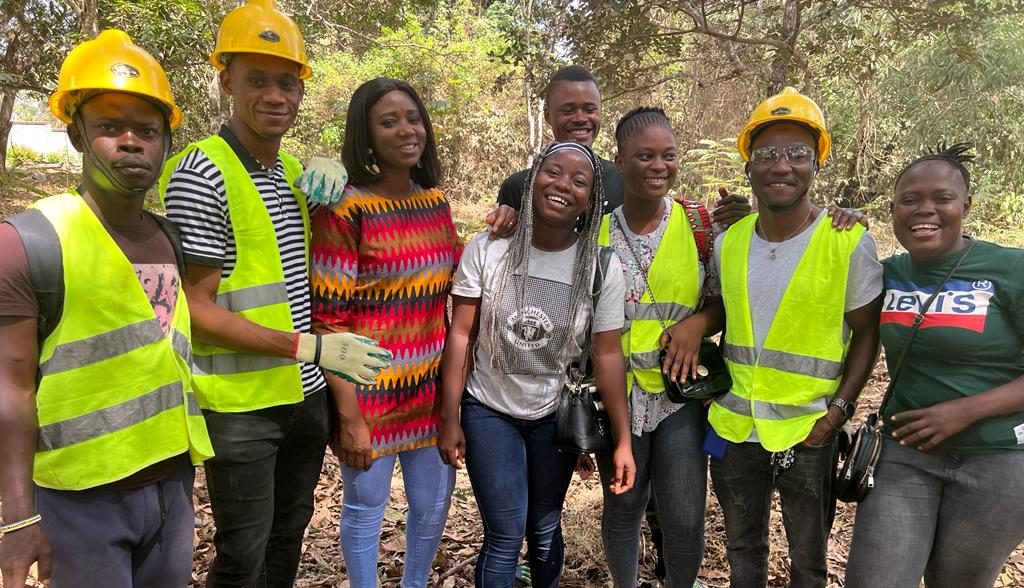
Leading the charge is the city’s Chief Heat Officer Eugenia Kargbo, who sees Freetown’s rapid urbanization as an opportunity to rally local communities around the cause. To Kargbo and her team, “planting is an event, but growing is a process” that relies on community support to ensure the survival of the trees. Community ambassadors are trained to promote reforestation efforts, and local growers use the TreeTracker app where they can receive micropayments for their work.
Planting one million trees is no easy feat, and limited funding has slowed the city’s efforts. But the project remains a top priority for Freetown, and the early results are promising. In addition to protecting the city from the worst effects of climate change, the initiative created over 550 short-term jobs and generated revenue to finance continued planting.
Making the old new again in Melbourne
Melbourne, Australia is taking a two-pronged approach to protecting its citizens from the extreme heat that is already threatening their city. While working to double its tree canopy in the next two decades, the city has also set an ambitious goal to preserve its urban forest, instituting tree protection policies to minimize the risk to public trees and provide guidelines for private tree maintenance.
Due to climate change, an estimated 90 percent of the tree species currently cooling parts of Melbourne are at risk. It will be several years before newly planted, more resilient trees are mature enough to provide tree canopy and sequester carbon. To ensure existing trees are protected and the city is able to safely and effectively transition to new plantings, Melbourne’s Chief Heat Officers, Krista Milne and Tiffany Crawford, are collaborating with other city government departments to foster community support for urban greening.
The city is providing unique greening opportunities to its residents by subsidizing private urban greening initiatives and identifying unused corners of the city for plantings. Meanwhile, Melbourne’s Urban Forest Visual, an online map that displays the age, species, and health of the city’s 70,000 trees, has served the dual purpose of tracking Melbourne’s trees and highlighting their impact. It has received an outpouring of local support, demonstrating a growing awareness and appreciation for the importance of urban greening efforts.
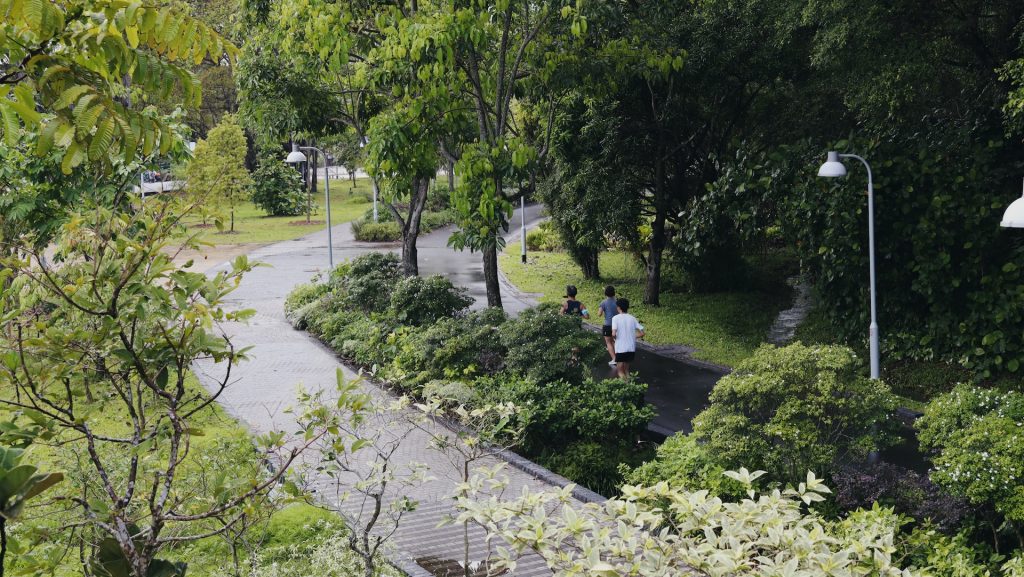
Paving the way for urban greening
Cities like Miami, Freetown, and Melbourne are leading the charge in investing in urban greenery to become more resilient in the face of climate change.
Despite limited resources and urban growth that has cut down green space, these cities have adopted innovative and holistic approaches to urban greening that prioritize vulnerable communities and a deep understanding of local context, and rallying community engagement and support. With heatwaves becoming more and more frequent, it is imperative that other cities capitalize on the knowledge gleaned from cities paving the way for urban greening, and invest in this vital method of protecting their residents.
Catherine Wallace is the associate director of strategic partnerships and advocacy for the Arsht-Rock Resilience Center.
